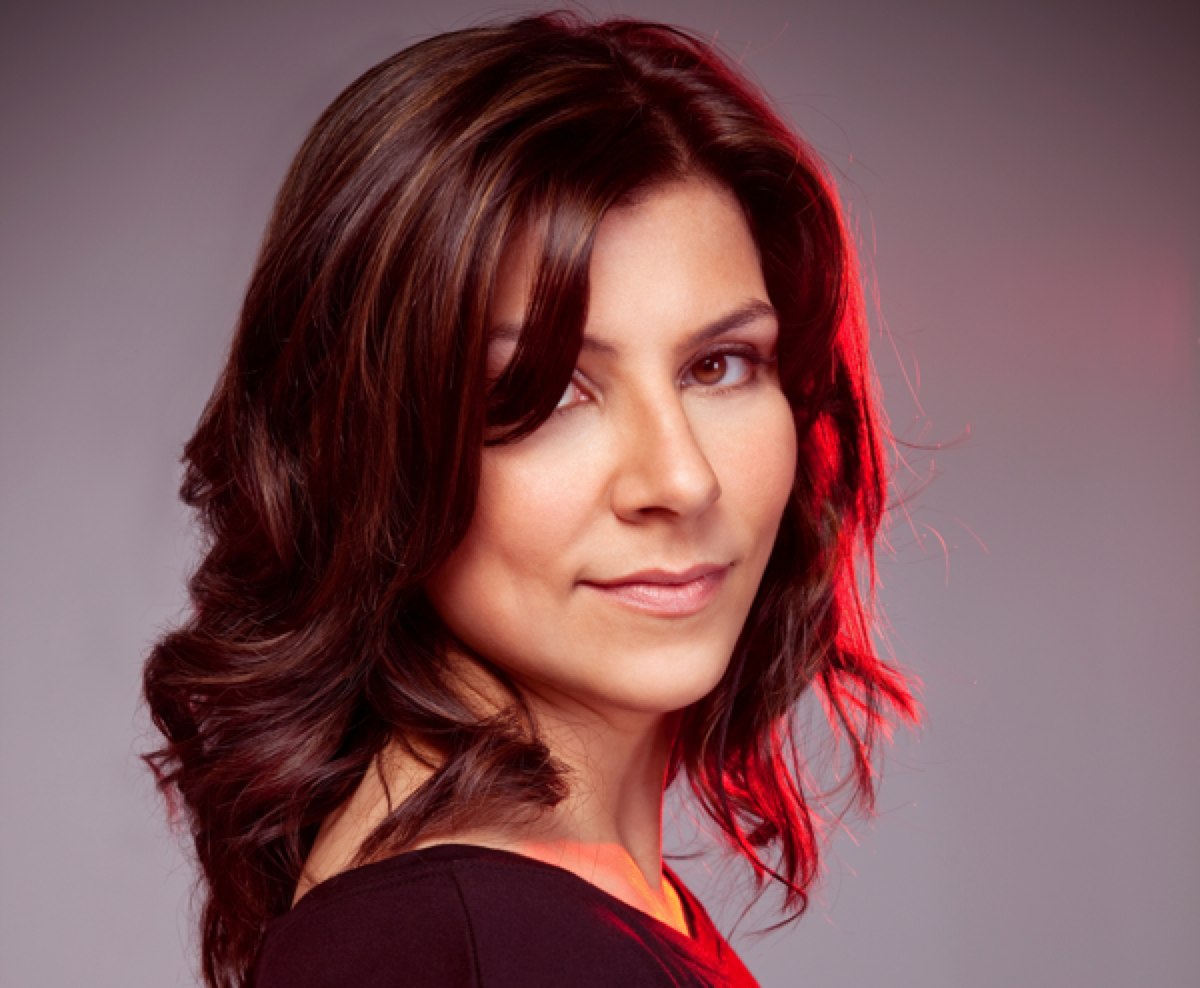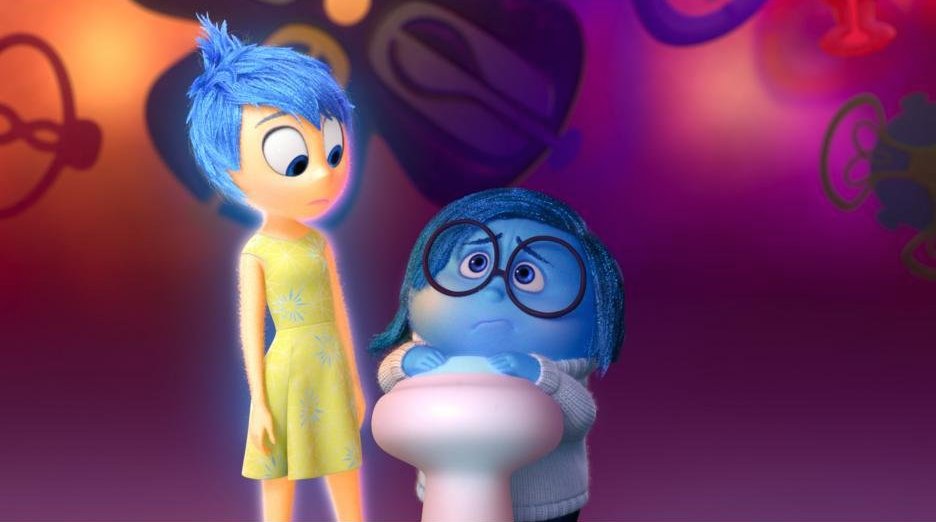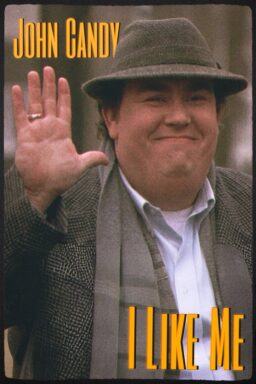“Why is she fat, for frack’s sake?” asks Joni Edelman, editor-in-chief at Ravishly.com, feminist and body-positive activist, in a piece she recently wrote for The Huffington Post. Referring to the character of Sadness in “Inside Out,” a film she admittedly hasn’t seen, she evaluates the movie’s body-positive imagery, asking why Joy gets to have the culturally idealized slim figure, while Sadness gets the frumpy treatment.
Posing the question as she does, Edelman unwittingly suggests that fat is bad, ergo so is Sad. There are a couple of interesting things going on there.
Firstly, if she’s a body-positive activist, I wonder what led her to assume that the fat character is a bad one. Not in an evil way, of course, but at least in a way that’s not as uplifting as Joy.
Edelman names other animated movies that she feels did well in terms of feminist and body-positive representation. We’re not there yet, but our movies are indisputably progressing. So why did Edelman assume “Inside Out” had undercut its fat character just because she also happened to be sad?
Secondly, had Edelman watched the film, she would know that she projected exactly the same kind of prejudices Joy imposed upon Sadness.
The story’s main conflict is set off when the mother begs her daughter Riley – the little girl whose internal life is being observed in this movie – to keep on smiling through their fraught move to a new city, even if she’s miserable.
Joy and Sadness are at odds because Riley wants to be sad to purge some of the mixed emotions she’s feeling from leaving her realm of comfort, the home she’s used to, and the friend she thought she’d have forever. It’s Joy who keeps interfering by keeping Sadness at bay. By her own admission, Joy doesn’t really understand what Sadness is for.
The movie’s a-ha moment happens precisely when Joy realizes that Riley needs Sadness to process some of her feelings; that enabling Sadness means Riley can grow; that by pretending to be happy instead of indulging in a little melancholy, Riley paradoxically remains in a state of emotional paralysis.
Joy misjudged Sadness, and in realizing she has, “Inside Out” ends on a much more complex note than most movies in this animated tradition, even the ones cited by Edelman. The ending isn’t a “happily ever after” so much as an “it’s not right, but it’s okay.” Joy makes her peace with it, and Riley consequently graduates from child to tween.
That’s actually the hardest transformation in the film. From this point forth, you know Riley is going to become a more adult version of herself, and that version needs to become intimate with Sadness – something our society too often tries to shrug off – to work through the complicated stuff life will inevitably throw at her.
Simply put, Sadness is crucial to Riley’s growth.
That’s what happens to kids when something difficult happens to them, and rather than telling them to smile it away, “Inside Out” shows us that all emotions – even the ones we think are bad; especially those we don’t understand – are worth trying to sort through.
If there’s a lot of backlash aimed at Edelman’s article, it’s because much like Joy underestimated an emotion she didn’t even try to understand, Edelman misinterpreted a movie she hadn’t even seen, and ironically misconstrued the fat character as a result.
I know not all overweight characters have had a fair shake in media, but if we’re going to have the body-positive conversation, we owe it to ourselves to give each new character a chance to get it right. That starts with watching the movie they’re in.












